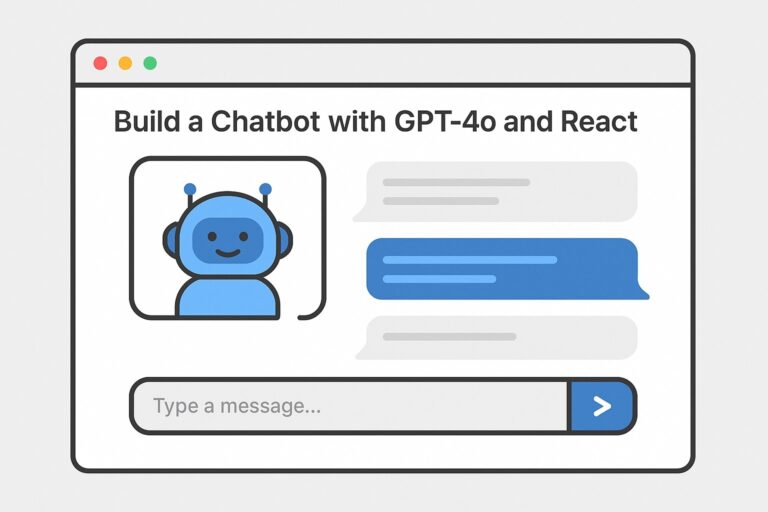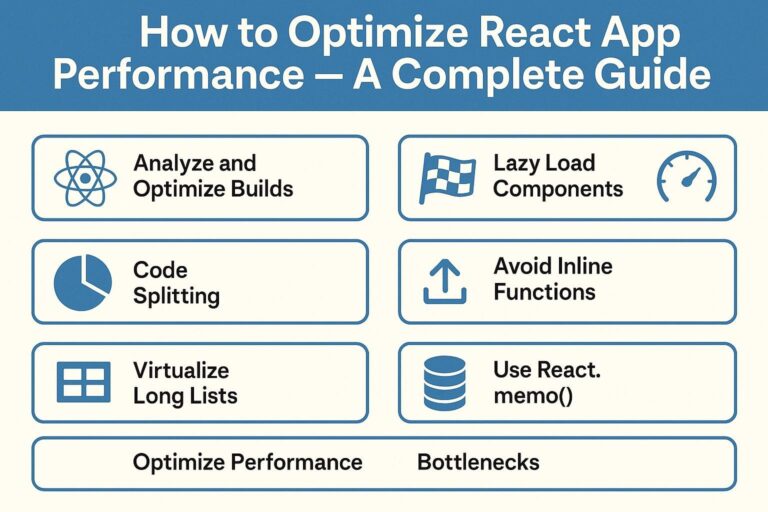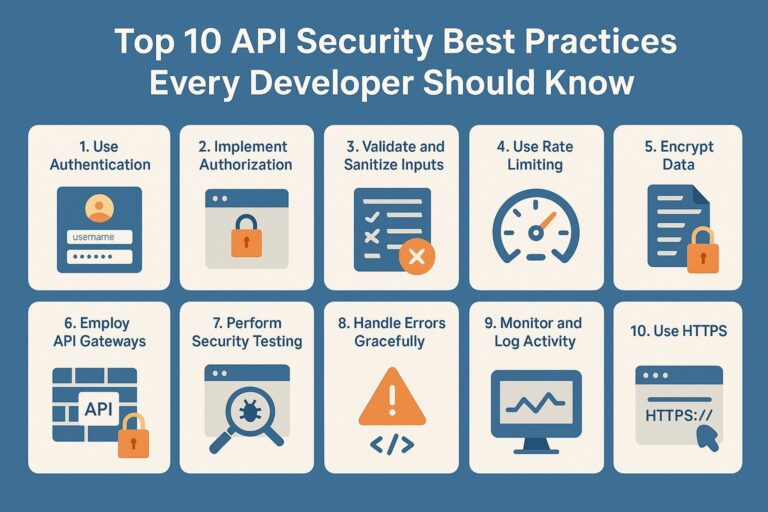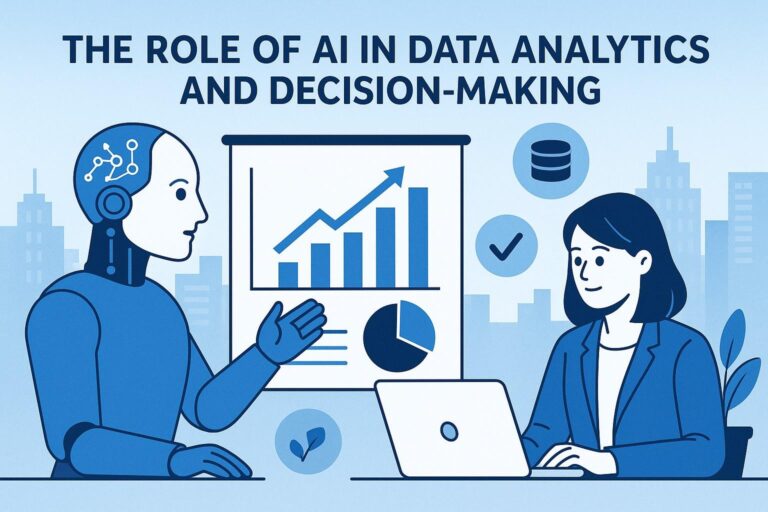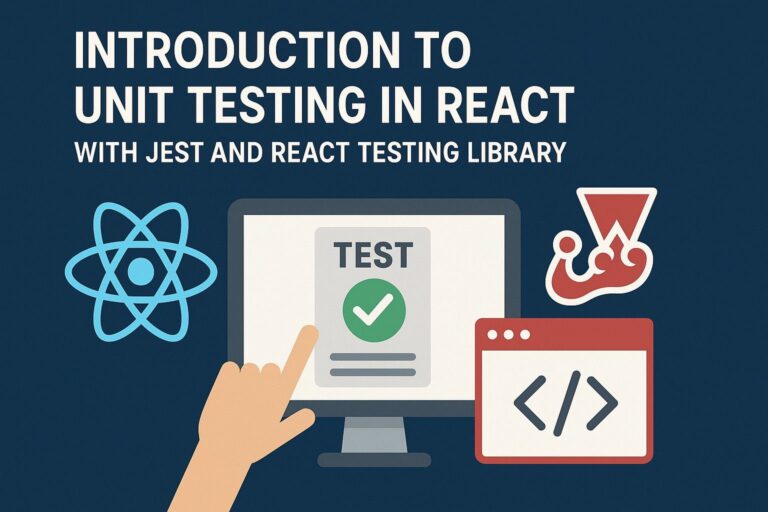AI-Generated Content: The Future of Creativity
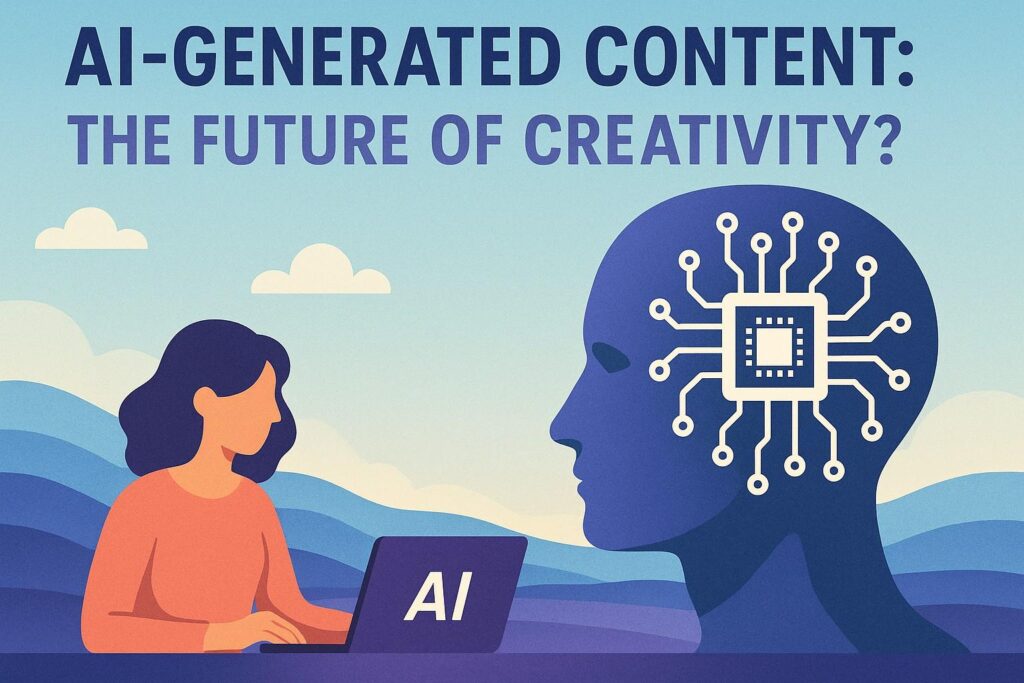
In an era increasingly defined by artificial intelligence, one of the most compelling and controversial questions across industries is this: Can machines truly be creative? Once limited to futuristic speculation and novelty experiments, AI-generated content is now a mainstream phenomenon reshaping creative professions and challenging foundational ideas about originality, authenticity, and the role of the human mind in art.
This article takes a deep dive into how AI is revolutionizing content creation, the technology driving it, its real-world applications, benefits, limitations, and the evolving relationship between human creativity and machine intelligence.
1. What Is AI-Generated Content?
AI-generated content refers to the creation of any form of media—text, images, video, audio, code, or animation—through artificial intelligence algorithms. Unlike traditional tools that require manual input and creativity, generative AI learns from vast datasets and then produces new, original content that resembles human-made work.
Core Categories:
- Text: Articles, essays, product descriptions, poems, novels, social media captions
- Visual Art: Paintings, digital illustrations, graphic design, fashion design
- Music and Audio: Instrumental tracks, lyrics, podcasts, voice synthesis
- Video: Deepfakes, animations, short films, avatars, virtual influencers
- Code: Functional software, APIs, websites, automation scripts
What differentiates AI-generated content from template-based automation is its ability to mimic creativity, adapt to tone and context, and generate novel outputs without explicit programming for each task.
2. The Technology Behind Creative AI
The creative potential of AI relies on advanced machine learning models capable of recognizing patterns and generating new content based on learned information.
a. Large Language Models (LLMs)
- These include models like GPT (Generative Pre-trained Transformer) and Gemini.
- They are trained on massive datasets including books, websites, and forums.
- Used for generating text, summarizing content, translating languages, and even emulating human conversation.
b. Generative Adversarial Networks (GANs)
- Comprise two neural networks (a generator and a discriminator) that compete with each other.
- Used predominantly for image and video generation, style transfer, and realistic synthetic media.
c. Diffusion Models
- Popularized by tools like DALL·E 3, Midjourney, and Stable Diffusion.
- These models start with random noise and “diffuse” it into coherent images based on text prompts.
d. Transformer-Based Models for Music and Code
- MusicLM, Suno, and AIVA generate compositions in multiple genres.
- GitHub Copilot and CodeWhisperer assist with code generation, bug fixes, and documentation.
e. Multi-Modal Models
- Emerging systems that integrate text, image, audio, and video generation in one model.
- Capable of creating interactive, multimedia content based on combined input formats.
3. Real-World Applications of AI-Generated Content
Generative AI is already being used in commercial and creative workflows across various sectors:
a. Journalism and Publishing
- Automated financial reports, sports summaries, and breaking news articles
- AI-assisted editing, grammar correction, and headline optimization
- Generation of personalized newsletters and summaries
b. Marketing and Advertising
- Personalized marketing messages tailored to user behavior and preferences
- Auto-generated product descriptions and brand storytelling
- Rapid A/B testing of ad copy and visuals
c. Entertainment and Visual Media
- Scriptwriting and dialogue generation for films and video games
- Concept art creation for storyboarding and pre-production
- Synthetic characters and voiceovers for animation and virtual influencers
d. Education and Academic Support
- Dynamic textbook generation and summarization of complex topics
- Personalized tutoring experiences with AI-driven feedback
- Translation of academic material into multiple languages and reading levels
e. E-Commerce and Retail
- Visual mock-ups of product variants before physical production
- Chatbots trained to respond with context-specific knowledge
- Generation of personalized product recommendations and reviews
f. Architecture and Design
- AI-assisted spatial layouts and 3D rendering of buildings or interiors
- Generation of architectural blueprints based on client inputs
- Visualization of design concepts in augmented reality environments
g. Software Development
- Auto-generation of boilerplate code and complex logic structures
- Assistance with debugging, refactoring, and documentation
- UI/UX generation through component-aware models
4. The Benefits of AI in Creative Workflows
AI is becoming a valuable co-pilot in creative industries due to its ability to augment human capabilities. Major advantages include:
a. Speed and Efficiency
- Enables near-instant generation of drafts, visual prototypes, and musical arrangements
b. Scalability
- Allows organizations to create high volumes of personalized content at minimal marginal cost
c. Ideation and Brainstorming
- Serves as a tool for idea generation, variations, and style experimentation
d. Accessibility
- Empowers individuals without formal training to produce professional-level content
e. Cost-Reduction
- Reduces the need for large creative teams or outsourcing basic content generation
f. 24/7 Productivity
- Operates without fatigue, delivering consistent output across time zones
5. The Challenges and Controversies
Despite its potential, AI-generated content presents complex challenges that must be addressed:
a. Originality and Plagiarism
- AI models are trained on existing human work, raising concerns about derivative content
- Difficulty in distinguishing between AI-generated and human-authored content
b. Ownership and Copyright
- Legal ambiguity around who owns AI-generated creations: the user, the tool, or the developer
- Growing discussions on whether AI outputs qualify for copyright protection
c. Job Displacement and Economic Impact
- Automation of creative tasks threatens employment in writing, design, and music
- Emergence of hybrid roles that require both creative and technical literacy
d. Bias and Misinformation
- AI reflects the biases present in its training data, which can reinforce stereotypes
- Potential for generating persuasive but factually incorrect or misleading content
e. Ethical and Social Implications
- Concerns about deepfakes, synthetic identities, and manipulation of public opinion
- Need for transparency, traceability, and ethical guidelines in creative AI deployment
6. Human-AI Collaboration: A Hybrid Creative Model
The most promising use of AI in creativity may not be as a replacement, but as a collaborative partner. Hybrid workflows are emerging across disciplines:
Writers
- Use AI for ideation, outlines, tone adjustments, or rephrasing
Designers
- Use AI for mood boards, rapid mock-ups, and concept variations
Musicians
- Employ AI to generate base rhythms, harmonies, or even lyrics, which are then refined manually
Developers
- Use AI to automate repetitive tasks, suggest efficient patterns, or write unit tests
Human-AI collaboration is redefining creativity as a co-creative process, where humans retain judgment, vision, and emotional depth, while machines accelerate execution.
7. The Future of AI and Creativity
As generative AI continues to improve, we can expect more seamless integration and new forms of media:
a. Personalized Content Ecosystems
- Content dynamically adapted to individual preferences, learning styles, or moods
b. Emotionally Aware Content Generation
- AI models capable of adapting tone, pacing, and language based on emotional context
c. Collaborative Creative Platforms
- Real-time, multi-user environments where humans and AI co-create films, art, games, and apps
d. Blockchain-Enabled Provenance
- Use of blockchain to authenticate authorship and originality of AI-generated content
e. Regulation and Governance
- Emergence of legal and ethical frameworks to ensure responsible use of generative AI
- Guidelines for attribution, watermarking, and detection of synthetic content
Final Thoughts
AI-generated content marks a significant shift in the way humans create, consume, and value media. Rather than signaling the end of human creativity, it represents its expansion—a powerful extension of imagination and technical prowess.
While the tools may be new, the essence of creativity remains human: curiosity, emotion, and storytelling. In this next chapter, artists, writers, musicians, and developers are not being replaced but augmented by algorithms that serve as catalysts for new forms of expression.
The question is no longer can AI be creative — but rather, how can we responsibly and intelligently harness AI to enhance the creative spirit?

I’m Shreyash Mhashilkar, an IT professional who loves building user-friendly, scalable digital solutions. Outside of coding, I enjoy researching new places, learning about different cultures, and exploring how technology shapes the way we live and travel. I share my experiences and discoveries to help others explore new places, cultures, and ideas with curiosity and enthusiasm.


